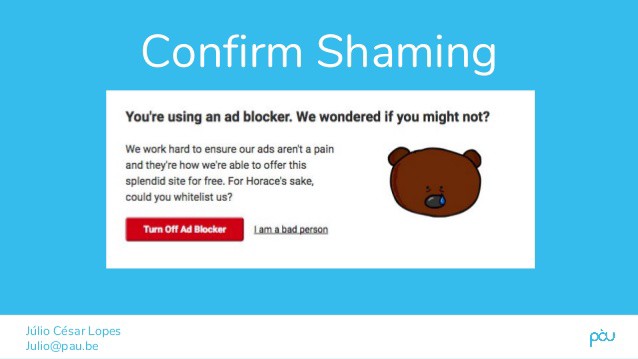It’s amazing when I see job postings for UX writing positions and part of the requirements are “3-5 years UX writing experience”. I don’t think it’s dawned on most companies yet that UX writing isn’t exactly an ancient profession. In fact, it’s so new that as of last check, Glassdoor doesn’t even recognize it as an official job title.
So what gives? UX writing is a new discipline combining some elements of copywriting, content writing, and a little UX design. The definition, or at least my definition, is that it’s the art writing professional copy for a digital product with a purpose to engage and interact with the user.
That means that every piece of content a UX writer creates has to have a distinctive purpose to keep it’s user engaged through a design process; in most cases this means the copy you see on an app or mobile platform.
Because UX writing is such a new profession, there is a limited amount of resources or references for how to develop the craft. After all, there’s no UX writing degree, or even certification at this point.
How do you break into UX writing?
The most obvious answer is to work in house at a company that engages with digital products. If you’re working for a company with an app or website, it’s likely that you already have a UX writer (even if it’s not exactly called that). For many people, it usually starts by accepting a role as a digital marketer, copywriter, or even UX designer, and gradually shifting the focus or responsibility to UX writing specifically.
But what about the people just trying to break into the field from a clean slate?
Many design and technical schools now offer UX Writing specific courses to educate people on the craft of UX writing. Some colleges now offer it as well.
But if you’re looking for some online material, here’s the best I found personally:
3 Online Resources on UX Writing
Microcopy: The Complete Guide by Kinneret Yifrah. This is the definitive UX Writing copy book according to many others in the field, including myself. Kinneret does a masterful job breaking down the purpose behind each UX strategy, and how UX Writers can maximize their impact.
Facebook Groups. This might not sound like the best place to go for writing tips, but there are a few solid Facebook groups dedicated to UX writing that I think pay off wonderfully. I have not only received a job offer through connections I’ve made in one, but have also learned valuable insight and expertise by some of the best in the field.
Medium. Hands-down the most important and viable platform to receive helpful tips, industry expertise, and staying ahead of current trends and news, Medium has something for everyone, at every skill level. Their articles on UX writing far surpass anything you’ll find currently whether in a text book or classroom. I have some articles I’ve written myself which you can read here: https://medium.com/@leonardraymundo
As with anything, UX Writing is a discipline that requires a little of professional insight mixed with a little first-hand experience and experimentation. Thankfully, there are a number of ways to get professional expertise without the need to fork over thousands to a university. I suggest starting out by networking on Facebook or LinkedIn, and take at least an hour each day to learn about the process of UX writing, depending on how serious about it you want to get.
Hopefully you’ll find these as useful as I have.














